1. The 2000 Presidential Election and the Florida Recount
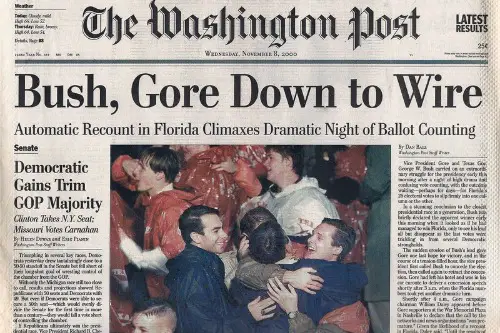
The Bush v. Gore election was one of the most contentious in U.S. history, Richard Kreitner of The Nation explains. It all came down to a few hundred votes in Florida, hanging chads, and a Supreme Court decision that effectively handed George W. Bush the presidency. For weeks, Americans were glued to their TVs watching legal battles over ballot design and recount procedures. The country was deeply divided, but once the decision came down, most people just… moved on.
Even though nearly half the country felt robbed, there were no mass uprisings or long-term constitutional crises. The peaceful transition of power held, despite how razor-thin and disputed the results were. It’s wild to think how close we came to a legitimacy crisis in the White House. Yet by January 2001, life had resumed and many acted like it was business as usual.
2. Watergate and Nixon’s Resignation
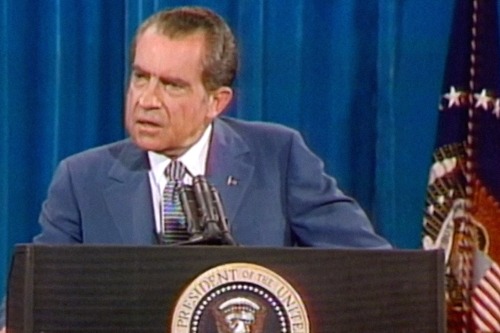
In 1974, a sitting U.S. president resigned in disgrace, and the country braced for chaos. The Watergate scandal, which exposed a massive abuse of power by Richard Nixon and his administration, brought public trust in government to an all-time low. Congressional hearings were broadcast daily, and the smoking gun tape was undeniable. It was a moment when the very foundations of American democracy felt unstable, Ken Hughes of the Miller Center explains.
But once Nixon stepped down and Gerald Ford famously pardoned him, Americans didn’t revolt—they turned the page. The news cycle eventually moved on, and people refocused on the economy, Vietnam’s aftermath, and disco. It’s remarkable how quickly the country accepted the outcome, considering the level of corruption exposed. There was no constitutional overhaul, no civil unrest—just a collective exhale.
3. The January 6 Capitol Riot
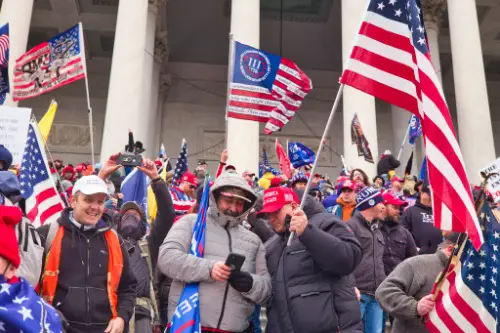
On January 6, 2021, a violent mob stormed the U.S. Capitol to disrupt the certification of a presidential election. It was the first time since 1814 that the Capitol had been breached like that. Elected officials hid under desks, rioters carried Confederate flags through the halls, and five people died. It felt like democracy itself was dangling by a thread, according to Kayla Epstein of the BBC.
But after the shock wore off, much of the country seemed eager to forget. While there were investigations and arrests, political polarization deepened, and accountability remained elusive. For many Americans, it became just another partisan flashpoint, not the democratic crisis it truly was. We were closer to collapse than most want to admit—and yet, daily life continued.
4. The McCarthy Era and the Red Scare
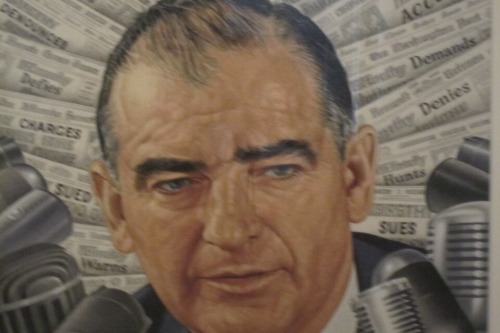
During the 1950s, Senator Joseph McCarthy led a witch hunt for alleged communists in government, Hollywood, and beyond. Lives were destroyed based on flimsy or non-existent evidence. Fear of “the Red Menace” gripped the nation, and loyalty oaths and blacklists became common. It was a period where paranoia overrode principles, according to Celeste Neill of History Hit.
People turned on each other, and civil liberties took a beating. But when McCarthy was finally censured in 1954, the whole country seemed to just take a breath and move on. No major reforms, no apologies—just a collective shrug and a hope to forget. It was one of the darkest chapters in peacetime America, but it ended not with a bang, but a quiet retreat.
5. The Vietnam War Protests
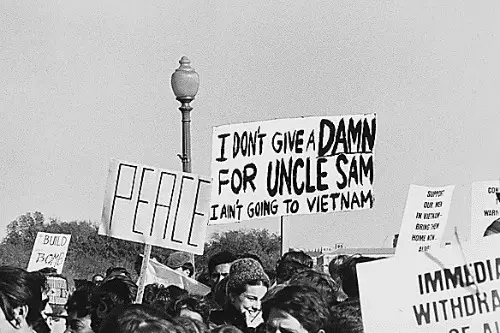
By the late 1960s, the Vietnam War had split America in half. There were mass protests, draft card burnings, and even deadly clashes like the Kent State shootings in 1970. The government’s credibility was shredded after the Pentagon Papers revealed years of lies. Young people distrusted Washington, and veterans came home to a country unsure how to receive them.
This was more than just disagreement—it felt like a generational rupture. And yet, once the war ended in 1975, Americans started to mentally shelve the conflict. There was no grand reckoning or war crimes tribunal—just silence and memorials. For something so emotionally and politically explosive, it’s shocking how quickly it faded into the background.
6. The Impeachment of Andrew Johnson
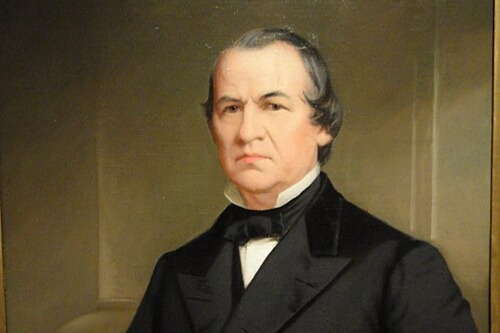
In 1868, just three years after the Civil War, President Andrew Johnson was impeached by the House for violating the Tenure of Office Act. He survived removal by a single Senate vote, but the tensions between Congress and the presidency were explosive. This was a time when the country was still reeling from war and Reconstruction, and Johnson’s leniency toward the South infuriated many.
Had Johnson been removed, it could’ve sparked a serious constitutional crisis or even renewed violence. Instead, the system held, and Johnson limped to the end of his term. The drama was massive at the time, but in the long run, Americans shrugged and carried on. The episode is now a historical footnote more than a national trauma.
7. The Election of 1876 and the Compromise That Ended Reconstruction
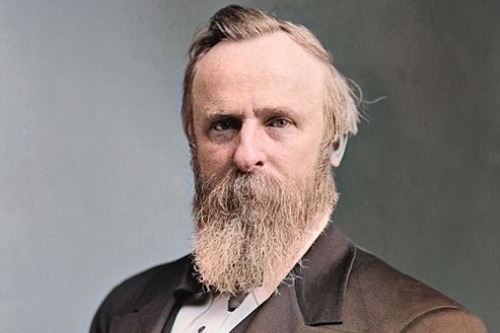
The 1876 election between Rutherford B. Hayes and Samuel Tilden was a full-blown mess. Tilden won the popular vote, but 20 electoral votes were disputed across multiple states. A backroom deal—The Compromise of 1877—gave Hayes the presidency in exchange for ending Reconstruction in the South. It was a cynical bargain that reversed many post-Civil War reforms.
The political maneuvering could’ve sparked another civil war, especially with federal troops still in the South. But instead, the public seemed relieved to be done with the uncertainty. The South returned to white supremacist control, and the North largely looked away. It was a quiet surrender of justice for the sake of national “unity.”
8. The Great Depression and the Rise of Extremist Ideologies
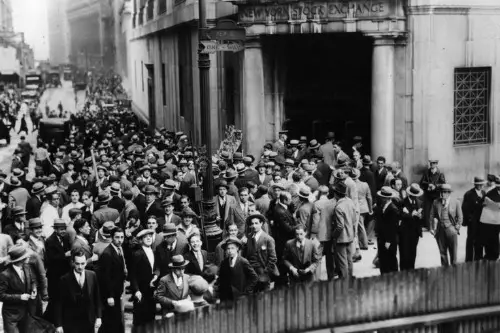
By the early 1930s, the U.S. economy had collapsed, unemployment was over 20%, and Americans were desperate. In Europe, similar crises gave rise to fascism and authoritarianism. Here in the U.S., fringe movements like Huey Long’s populism and Father Coughlin’s anti-Semitic broadcasts gained real traction. There were whispers of revolution, both from the left and right.
Yet somehow, the country clung to democracy and pushed through. FDR’s New Deal helped stabilize things, but it wasn’t universally loved—some saw it as creeping socialism. Still, Americans didn’t go the way of Europe. They argued, protested, and endured—but they never split apart.
9. The Civil Rights Movement and White Backlash
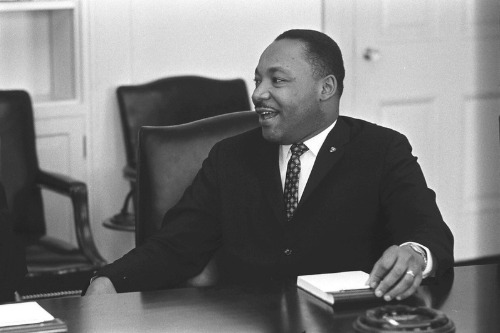
During the 1950s and ’60s, the fight for civil rights pushed the U.S. to the brink of internal fracture. From school desegregation to the Voting Rights Act, entrenched racism collided violently with grassroots activism. Cities burned during riots, leaders like Martin Luther King Jr. were assassinated, and Southern governors stood in schoolhouse doors. It could have led to a prolonged civil conflict.
Instead, while change came painfully and slowly, the country trudged forward. Jim Crow was dismantled, and federal laws changed, but widespread systemic inequality persisted. What’s more stunning is how many Americans tried to downplay the struggle afterward, framing it as a resolved chapter in history. The scars were deep, but the national narrative quickly shifted to unity and progress—even if the healing was far from complete.
10. The 2008 Financial Crisis
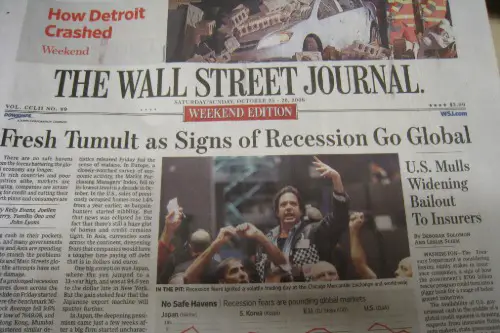
When Lehman Brothers collapsed and the housing market crashed, the global economy teetered on the edge. Americans lost homes, savings, and jobs at a staggering rate. Banks were bailed out while regular people were left to fend for themselves. Anger festered on both sides of the political aisle.
This could’ve been a moment of mass revolt or even systemic collapse. Instead, most Americans tightened their belts and waited for recovery. The Occupy Wall Street movement sparked conversation, but didn’t shift the balance of power. We patched the economy up and soldiered on—never really reckoning with what caused the crash.
11. The Iran-Contra Affair
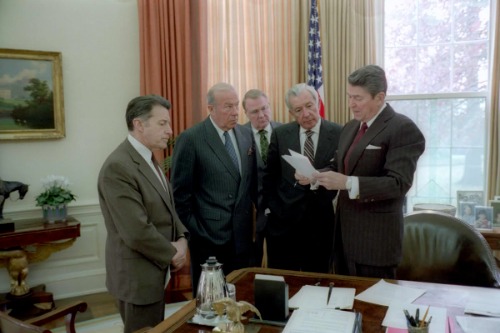
In the mid-1980s, the Reagan administration secretly sold arms to Iran (which was under an arms embargo) and funneled the profits to Contra rebels in Nicaragua—despite Congress explicitly forbidding it. When the scheme was uncovered, it had all the ingredients of a constitutional crisis. Top officials lied to Congress, and the chain of command was murky at best.
Yet the fallout was surprisingly muted. A few convictions were handed down, but most were later overturned or pardoned. Reagan’s popularity took a hit but rebounded, and the public didn’t seem to want to dwell. It was a moment where trust in government could’ve crumbled—but instead, people looked the other way.
12. The Assassination of JFK
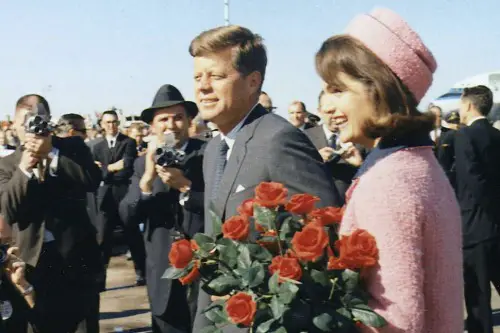
When President John F. Kennedy was assassinated in 1963, the country froze. Millions watched the news unfold live, grieving together in disbelief. Theories of conspiracy emerged almost immediately—from the mafia to the CIA to foreign governments. Trust in official narratives began to erode.
Despite the trauma, there was no widespread rebellion or governmental paralysis. Lyndon B. Johnson took office the same day, and the transition was smooth on paper. But beneath the surface, something in the national psyche cracked. It’s stunning how quickly the machinery of the state kept turning while the people were still in mourning.
13. The 2020 COVID-19 Pandemic and Political Divide
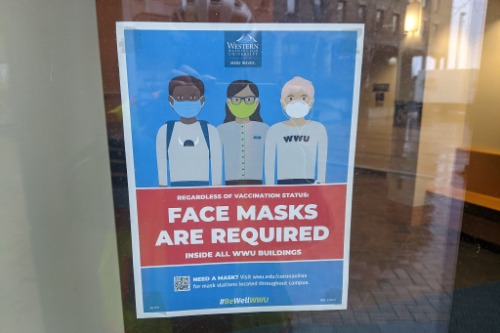
The pandemic exposed deep divides in American society—over science, personal freedom, government power, and even basic facts. Mask mandates, lockdowns, and vaccines became political lightning rods. States pursued drastically different strategies, and conspiracy theories flourished. At times, it felt like Americans were living in completely different realities.
Despite the death toll and chaos, there was no true national unifying moment. Instead, people compartmentalized the trauma and pushed forward. The country didn’t split—but the cracks got wider. And now, many just want to forget it ever happened.
14. The Integration of Public Schools
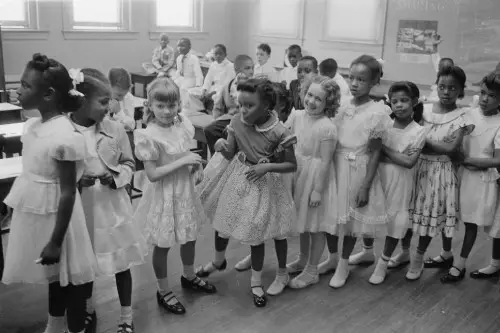
After Brown v. Board of Education in 1954, the Supreme Court ruled that segregation in public schools was unconstitutional. But many states flat-out resisted, with some shutting down public schools altogether rather than integrate. In Little Rock, Arkansas, the National Guard had to escort Black students into high school. Violence and hostility were everywhere.
Yet once the battles in court and on the ground were over, the broader population largely moved on. Integration didn’t truly take hold in many places until decades later, if at all. The resistance was fierce, but eventually quieted—without any formal admission of wrongdoing. The country kept functioning, even if justice was delayed.
15. The Iraq War and the Search for WMDs
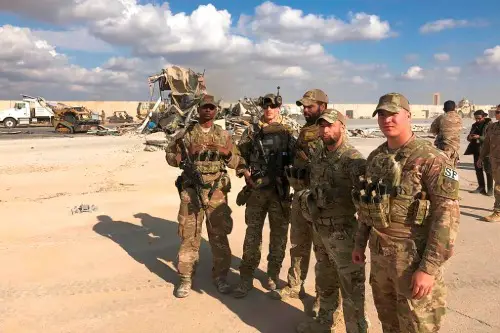
In 2003, the U.S. invaded Iraq based on the claim that Saddam Hussein had weapons of mass destruction. None were ever found. The war dragged on for years, costing hundreds of thousands of lives and trillions of dollars. The rationale for invasion collapsed—but there were no political consequences for the architects of the war.
Americans got angry, sure—but then they moved on. There was no national trial, no major reform of war powers, and little accountability. The enormity of the misstep barely registered in the long term. It was a near-miss for national credibility—and yet, it became just another chapter.


